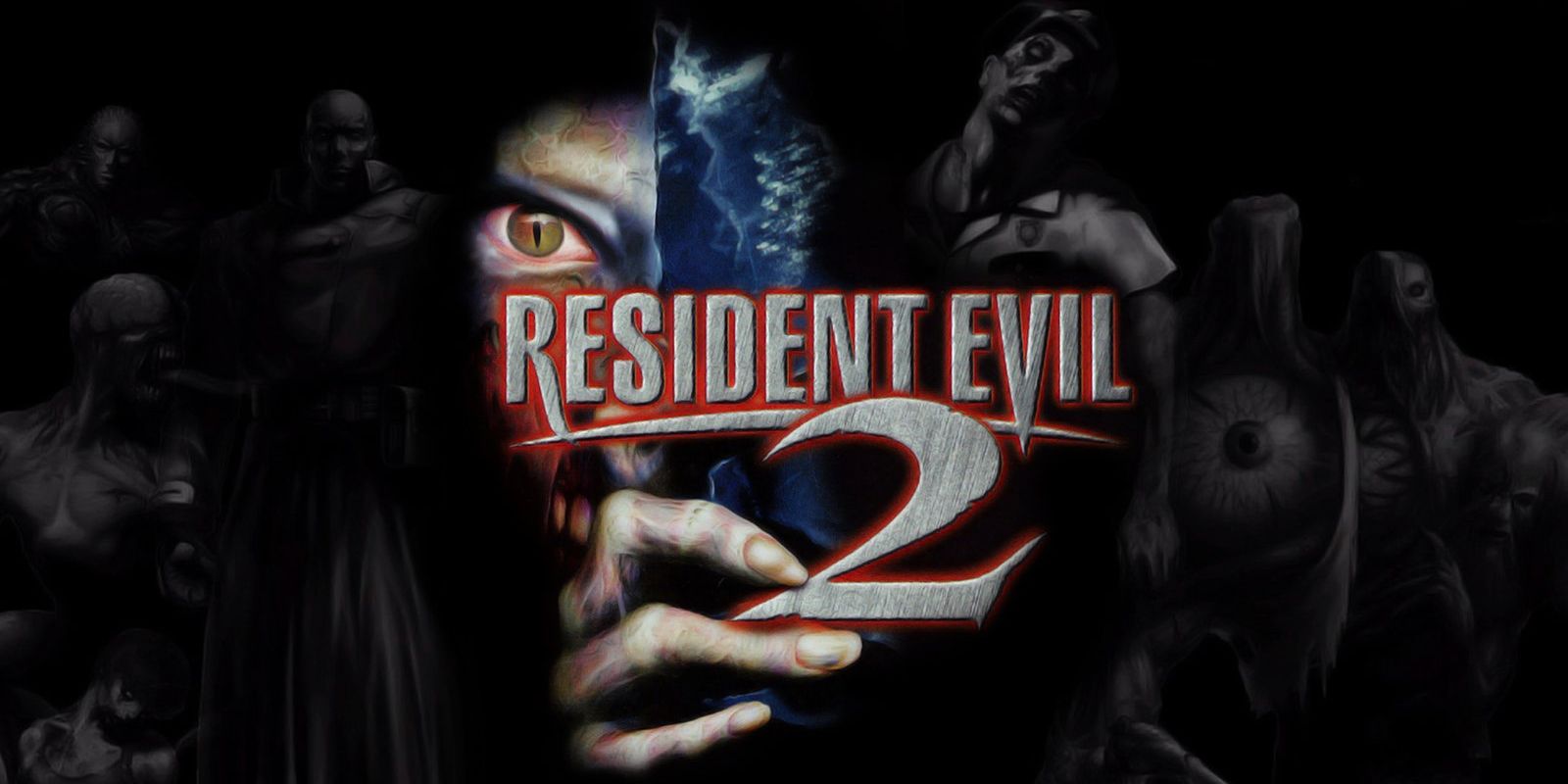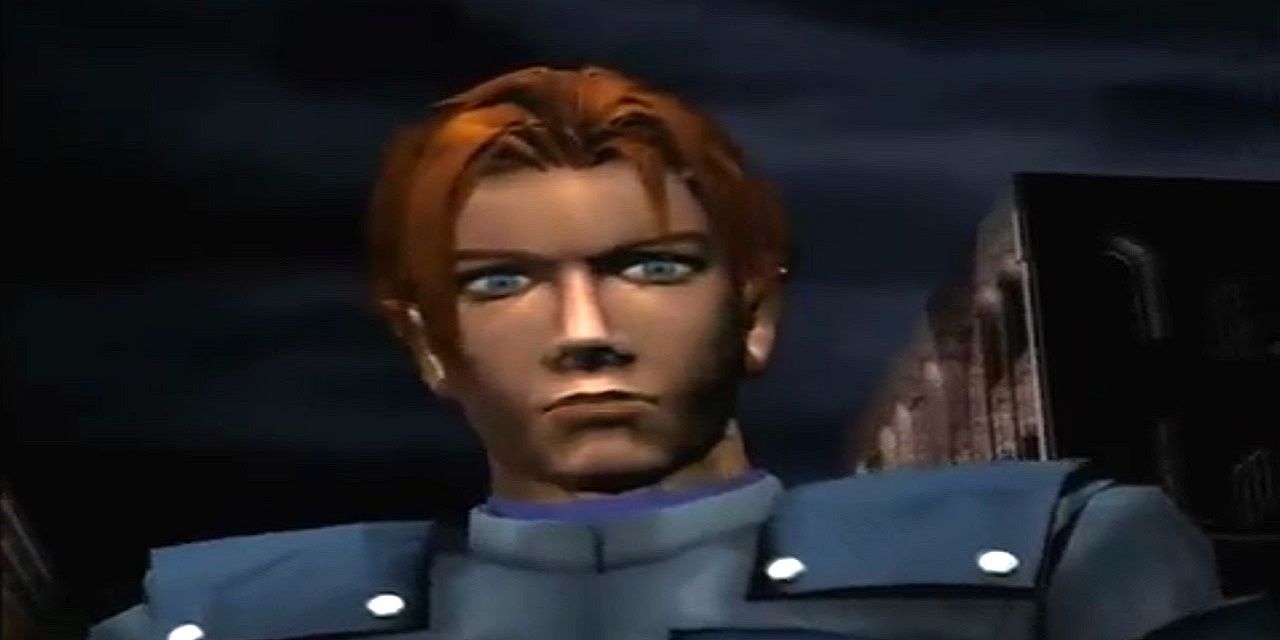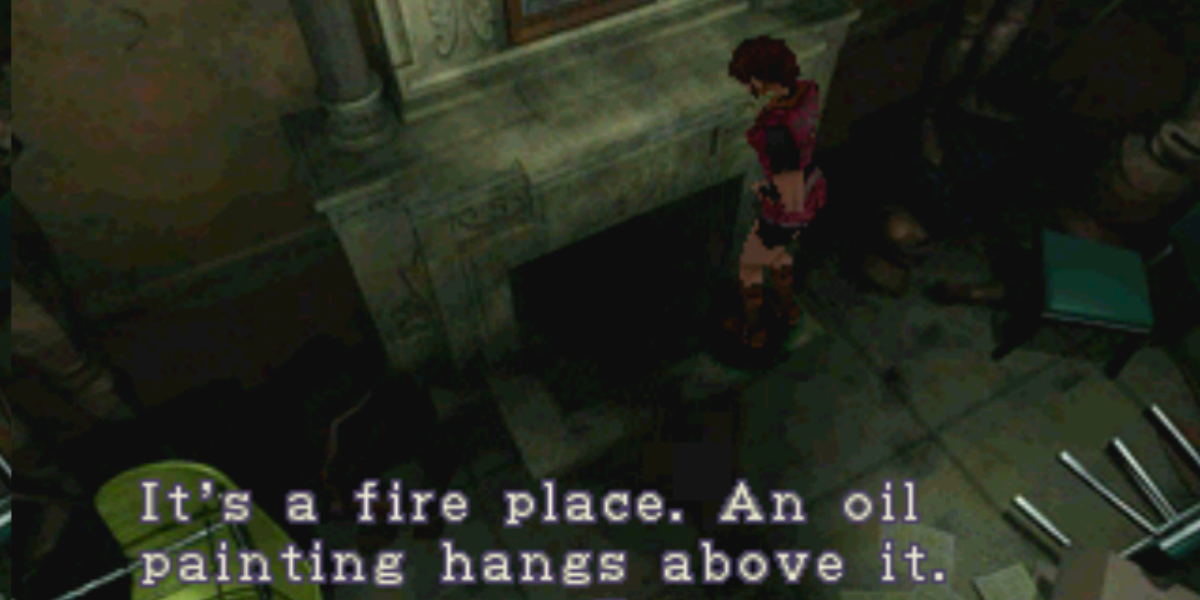The original Resident Evil 2 stands the test of time because of its excellent utilization of the fixed camera perspective. Despite the game's age showing in its visuals and voice acting, Resident Evil 2 remains the most immersive entry in the series due to Capcom's clever incorporation of static camera angles alongside tank controls and a stellar soundtrack.
Released in 1998 for the Playstation, Resident Evil 2 served as an excellent sequel to the original Resident Evil by expanding upon the established gameplay formula while drastically improving the graphics and cinematic cutscenes of its predecessor. The original Resident Evil trilogy's most defining characteristic is the fixed camera perspective. While complete lack of camera control in a survival-horror game might seem counterintuitive to modern audiences, Resident Evil 2 uses this limitation to craft a series of visually oppressive environments while also adding an incredible sense of tension to its gameplay.
The fixed camera may limit a player's visual perspective, but it further expands the developer's ability to meticulously arrange each section of the world to further immerse the player. Since the camera provides full creative control for the game's visuals, the developers can continually shift the player's position in relation to the world in order to highlight particular set pieces and enemies.
As the player runs through the streets of Raccoon City, weaving through the seemingly endless number of enemies, the camera cuts to a disturbing visual of zombies eating a Raccoon City Police Officer. This visual is all the more effective by the fixed camera suddenly shifting its focus from the player, placing the haunting image front and center. Furthermore, the developers often change the height and angle of the camera to further accentuate the game's environments. For example, the Raccoon City sewers are filled with compact camera angles to emphasize the tight corners of the sewer while simultaneously heightening the danger of the Giant Spiders found within the area.
The tension created by the visuals carries over to Resident Evil 2's combat, which centers around quick decisions and optimal positioning. As opposed to modern Resident Evil titles, where players have full control over their aim, the fixed camera forces the player to position themselves in such a way as to maximize the damage output of their weapons. For example, Leon's shotgun has the ability to headshot multiple zombies with a single bullet. However, Leon must allow the enemies to surround him and risk-taking damage in order to take advantage of the weapon's blast radius.
The most infamous monster in Resident Evil 2, the Licker, is another example of an enemy perfectly designed for fixed camera combat. Since Lickers have such a low profile, they can be rather difficult to shoot from afar. Therefore, the most optimal way to kill a licker is to get within proximity of the creature, allowing the player to aim downward. Because Lickers are so incredibly durable and aggressive, the player must spend their most powerful ammo in order to avoid taking severe damage. Furthermore, Lickers often lie off-camera, capitalizing on the player's limited field of view to make sudden appearances. The Licker's nimble movements allow them to easily enclose the player, whose mobility is heavily restricted by tank controls.
While tank controls are not exclusive to fixed camera games, the challenges imposed by the control scheme are further realized in a fixed-camera environment. While Resident Evil 2 certainly provides more ammunition in comparison to its predecessor, the game encourages players to conserve their resources and avoid combat at all costs.
Resident Evil 2 contains several enclosed areas where the player must navigate through a hoard of zombies. Tank controls do not allow for fluid analog movement. Therefore, the player has a matter of seconds to mentally forge a secure route with the one fixed camera angle as the only means of vision. Limiting the player's mobility and vision increases the threat posed by the enemies -- navigating a cramped hallway with one or two zombies could pose just as much of a threat as a Licker or the omnipresent, bio-organic weapon, Mr. X.
Resident Evil 2's ever-present tension comes to fruition with its excellent soundtrack. Modern Resident Evil titles that utilize the first or third-person perspective often dilute the soundtrack, providing the player with more spacial awareness. Due to the specifically crafted field of vision brought about by a fixed camera, the developers could add incredibly oppressive background tracks to emphasize the emotional roller-coaster brought about by the game's environments. Notable selections include "The Marshaling Yard," a peaceful, yet haunting track that accompanies the approach to Umbrella's laboratory, as well as, "Secure Place," the save room theme that evokes a sense of comfort while simultaneously reminding the player that danger lurks just outside the door.
Resident Evil 2 is not only a pioneer in its own franchise but in the survival-horror genre as a whole. The game utilizes every single aspect of its presentation and gameplay to create incredibly powerful environments that strike fear into the hearts of its players. Despite its blocky polygons and archaic camera, Resident Evil 2 proves that a strong sense of direction is all a game needs to be a timeless classic.



